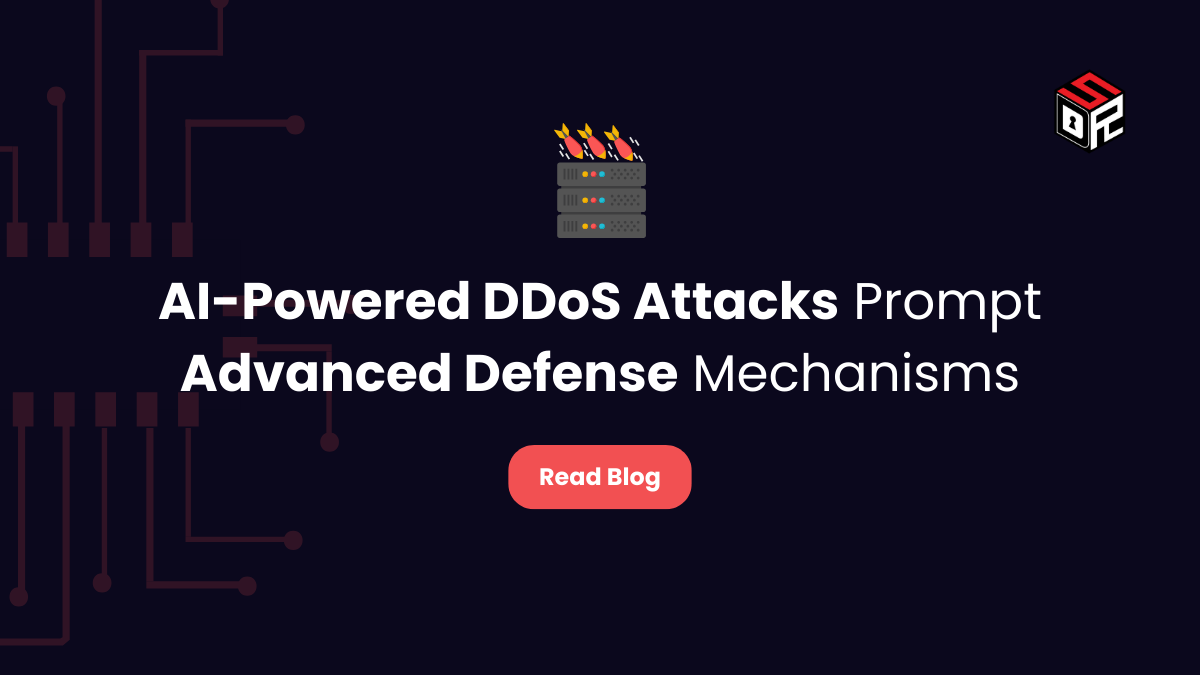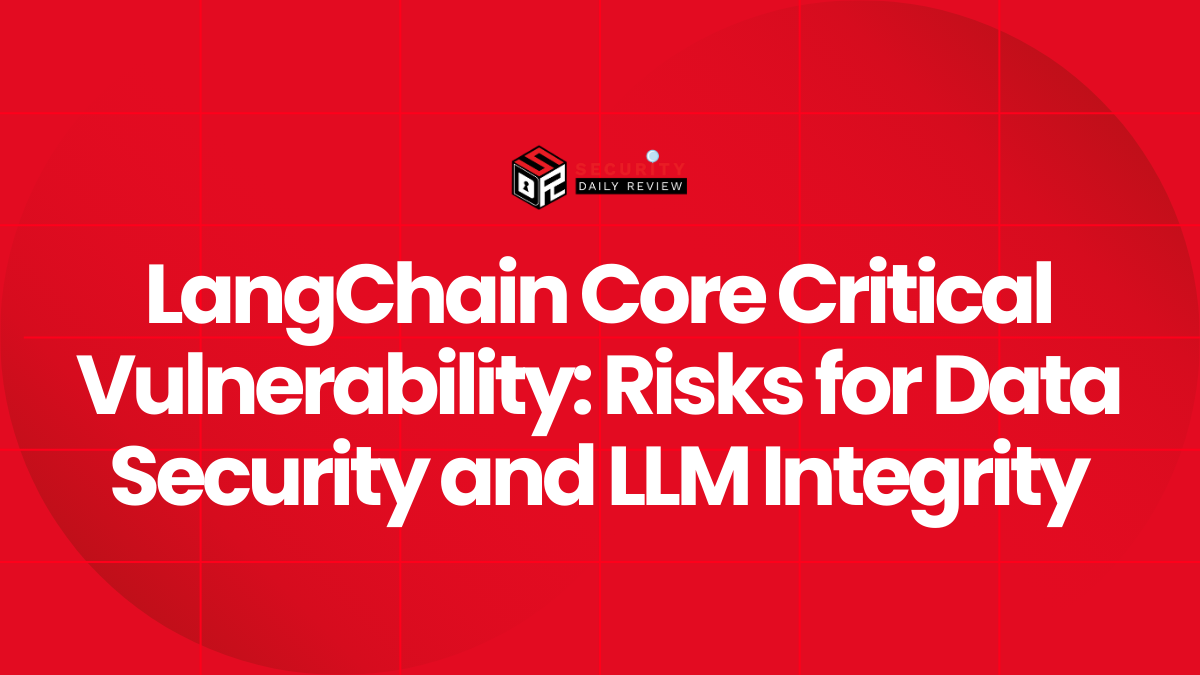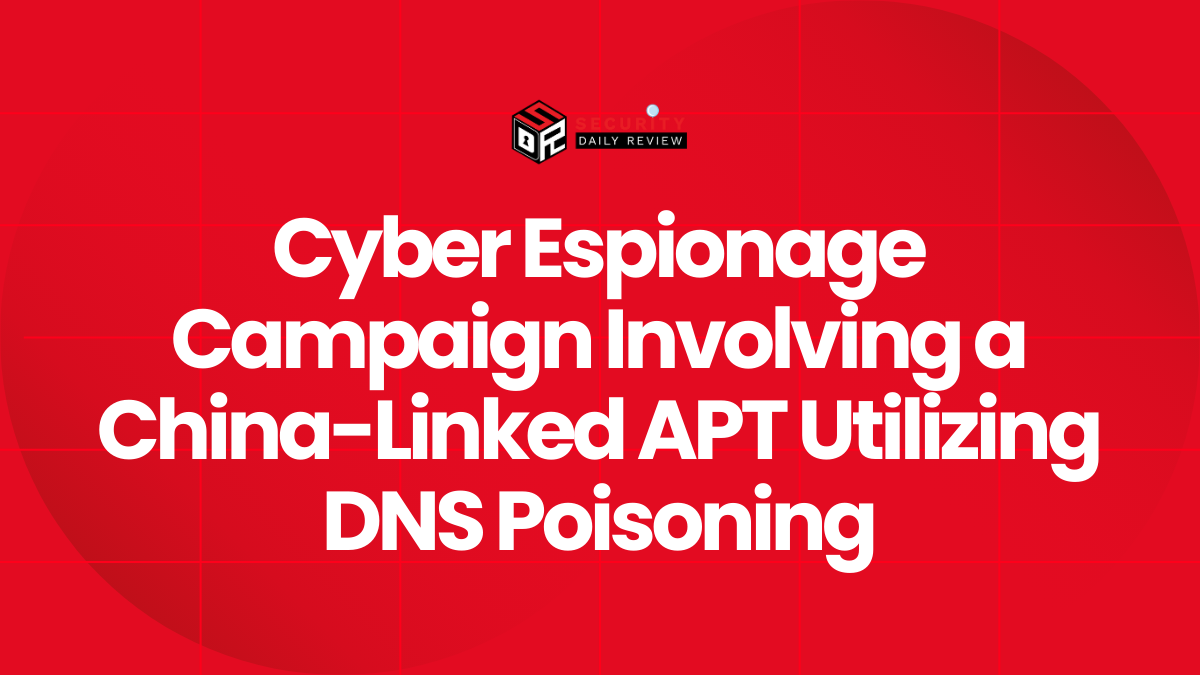As Artificial Intelligence (AI) becomes a critical tool in cyber defense, it is also increasingly being harnessed by threat actors to orchestrate more adaptive and damaging Distributed Denial of Service (DDoS) attacks. This growing convergence of AI and DDoS threats challenges long-held assumptions about how network disruptions occur and what it takes to stop them. The rise of AI-powered DDoS attacks is prompting a significant pivot toward more advanced, intelligent, and adaptive defense systems.
Attacker Tactics Have Shifted to Machine-Led Precision and Adaptability
AI is now empowering adversaries to bypass conventional detection and mitigation systems.
Unlike traditional volumetric attacks that overwhelm services through brute force, AI-enabled DDoS threats mimic legitimate traffic patterns, adjust in real time, and exploit system-specific vulnerabilities with surgical precision. Attackers now deploy machine learning (ML) models that analyze target network behaviors, enabling them to craft adaptive strategies that shift dynamically to evade static defenses.
A10 Networks’ analysis underlines the sophistication of modern campaigns powered by AI. Threat actors are integrating:
- AI-driven botnets capable of learning and evolving during an attack
- Precision targeting techniques that adapt to defenses mid-breach
- Traffic spoofing tactics that blend malicious packets with legitimate flows
This evolution severely limits the effectiveness of traditional, rule-based intrusion prevention systems (IPS) and firewalls. Simple rate-limiting filters and signature-based detection cannot cope with the intelligent mutability embedded into AI-controlled malware.
AI-Enhanced Defenses are Becoming the New Standard in Cybersecurity
To hold their ground, defenders are increasingly deploying AI-powered cybersecurity defense measures.
According to a recent survey on DDoS detection and mitigation with AI, the defensive paradigm is shifting toward systems designed not just to recognize static signatures but to intelligently learn from behavior and anomalies. These systems incorporate supervised and unsupervised learning, deep neural networks, and adversarial training to improve their capacity to identify malicious behavior through real-time traffic classification.
Several major AI-based approaches are gaining traction:
- Anomaly Detection Models : Monitor traffic flow and flag statistically significant deviations.
- Behavioral Analysis Engines : Use clustering and pattern recognition to differentiate users from bots.
- Predictive Mitigation : Forecast attack vectors before execution, allowing preemptive defense activation.
In cloud-based environments—a primary target for modern DDoS attacks—the advantages of AI security strategies are particularly crucial. The fluid and scalable nature of cloud networks demands defense mechanisms that can:
- Continuously learn and adapt to diverse service configurations
- Apply mitigation without human intervention
- Maintain service availability with minimal collateral impact
One analysis exploring AI DDoS detection in cloud networks found that applications of deep learning (DL) architectures offered superior classification accuracy compared to static methods, especially when bolstered by diversified network datasets and data augmentation.
Centralized Intelligence in SOCs Is Key to Coordinated DDoS Defense
Modern threat landscapes require centralized orchestration of AI defenses across distributed environments.
A Radware report introduces the concept of “centralized intelligence” in a Security Operations Center (SOC) empowered by AI. Rather than reactive, fragmented responses, an AI-enabled SOC provides:
- Consistent policy enforcement across hybrid and multi-cloud infrastructures
- Real-time decision-making informed by aggregated telemetry
- Autonomous execution of countermeasures, reducing reliance on manual intervention
This centralized approach allows an organization to shift from post-incident recovery to proactive cyber resilience, focusing on prediction, agility, and low-latency responses. Such systems integrate AI models that correlate massive volumes of threat intelligence with internal traffic patterns to identify early indicators of compromise (IOCs).
The Arms Race Extends to Dataset Quality and Model Robustness
AI battlefields depend heavily on the quality and diversity of datasets used to train both attackers’ and defenders’ models.
The aforementioned AI-DDoS detection survey emphasizes gaps in current training sets. Without diverse, representative, and up-to-date traffic datasets, AI risks overfitting or failing to generalize to real-world data. The paper also notes that adversarial models are exploiting these shortcomings through techniques like:
- Generative Adversarial Networks (GANs) to simulate legitimate traffic
- Input poisoning to manipulate defensive model predictions
To stay ahead, defenders are adopting adversarial training methods—where AI is trained using manipulated or deceptive inputs to improve resilience. Data augmentation techniques, such as synthetic data generation and replay modeling of attack scenarios, also play a key role in producing more robust AI security capabilities.
Preparing for the Next Phase of AI-Powered Cyber Conflict
The use of AI by both attackers and defenders marks a pivotal shift in how DDoS engagements evolve.
Key takeaways for security teams include:
- Static defenses are no longer sufficient. Adaptive AI-driven tools must be integrated with real-time detection, predictive analytics, and automated response systems.
- Centralized intelligence platforms enable rapid, cohesive, and policy-consistent response across environments.
- Investments must extend beyond detection models to include the quality of data inputs, model robustness, and simulated adversarial scenarios.
- Cloud environments demand elastic AI defenses that evolve in parallel with application scalability and elasticity.
As AI-powered DDoS attacks continue to escalate in complexity, the cybersecurity industry must transition from reaction to anticipation—strengthening autonomous, AI-enabled defense infrastructure to match the pace and precision of emerging threats. The frequency and sophistication of these attacks will only increase, and resilience will heavily depend on an organization’s ability to adapt AI DDoS mitigation strategies at scale.









